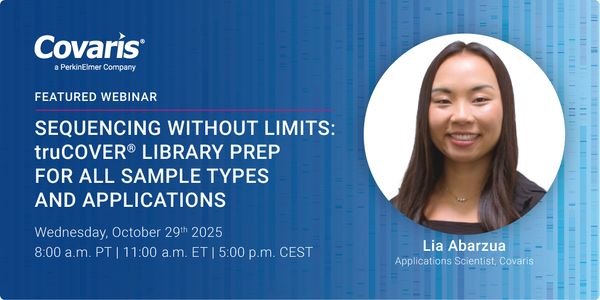From Data to Biological Insight using QIAGEN OmicSoft and IPA: Single Cell Sequencing of Normal Human Liver
Single-cell RNA sequencing has emerged as an important technology that can reveal gene expression differences between different cell types. This webinar will demonstrate how bioinformatics solutions from QIAGEN Digital Insights were used to analyze and interpret whole transcriptome data from a human single-cell sequencing experiment. Using a public dataset from normal liver from deceased donors that has been carefully curated and processed for the QIAGEN OmicSoft Land database, we will describe the gene expression differences between cell types, and illuminate the underlying biology using QIAGEN Ingenuity Pathway Analysis (IPA).
Learning Objectives:
1. Identify single-cell RNA-sequencing projects of interest within QIAGEN OmicSoft
2. Download a Single Cell Land Project of choice into QIAGEN OmicSoft Suite (Array Studio) and analyze and visualize gene expression differences in different cell types, or within a unique cell type
3. Compare gene signatures enriched in clusters of cells versus tens of thousands of gene expression signatures in QIAGEN IPA to pinpoint significant genes associated with hepatic or immune function
4. Identify significant cell-specific canonical pathways or function-specific regulators
5. Generate hypotheses about novel regulatory networks that suggest drivers of the expression changes observed in the different cell types
6. Visualize important information regarding a gene of interest in other contexts (disease, expression)
7. Gain additional insights about single cell biology by comparing this human liver cellular landscape dataset in QIAGEN IPA to more than 60,000 additional public datasets which have been curated and processed in QIAGEN OmicSoft Suite







